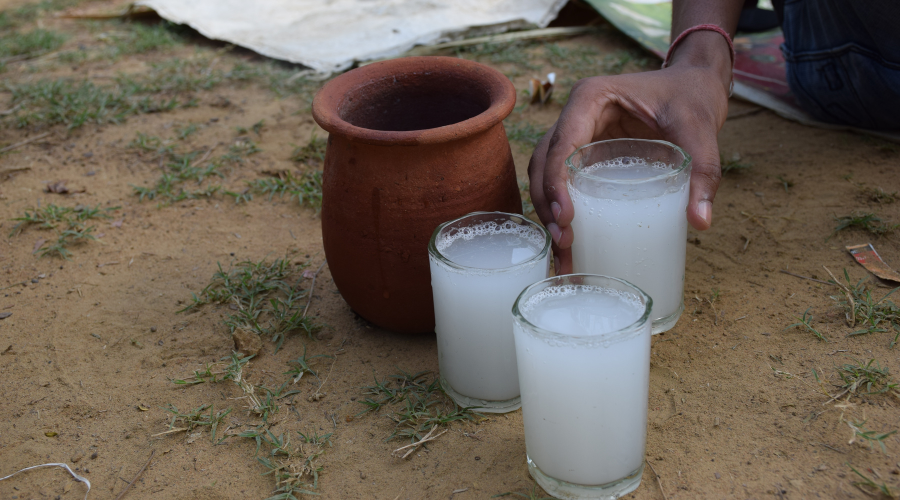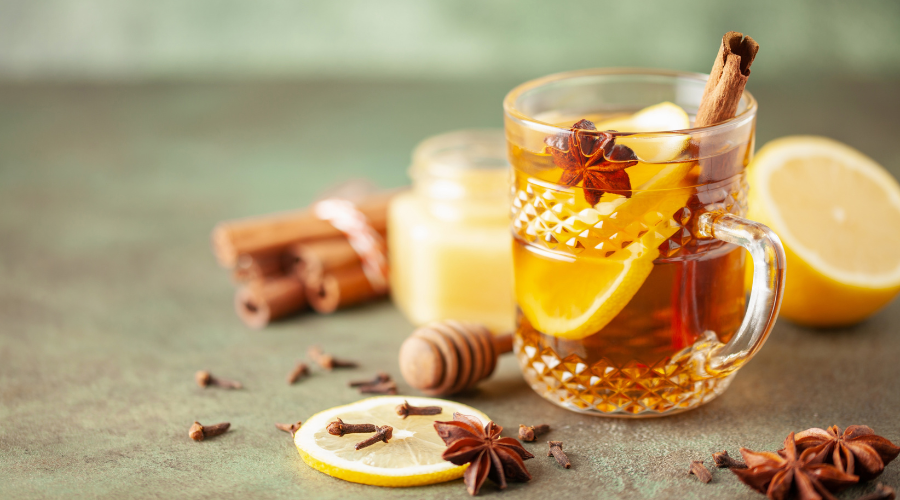Toddy, often hailed as the spirited equivalent of chicken soup, carries a legacy as warm and comforting as its first sip. During the rainy season, this coastal classic offers a soothing relief and is celebrated for its ability to calm colds, fight indigestion, and provide hydration and energy. Made from the sap extracted from coconut and palm trees, the practice of toddy tapping dates back to generations when workers ascended the tree with bare feet and hands. With evolution and creative twists, the modern-day classic hot toddy is made with peaty whisky, hot water and a slice of lemon.
Tracing The Roots
The origin of the hot toddy is widely disputed, with various stories accounting for its beginning. From a fermented palm sap beverage evolving to a connotation of spirits with sugar, lime and ginger, toddy has come a long way. While the origins are a bit foggy, it is believed that toddy originates from the Hindi word “taddy,” which, in the 17th-century British-occupied India, was a drink made with fermented palm sap. Prevalent in the state of Kerala, toddy was a traditional drink during the monsoon season and was also one of the favourites of villagers. People stored the fermented drink in large bamboo containers and adorned the jars with ginger flower garlands to mask the pungent odour. During the mid-18th century, taddy evolved into a beverage made of alcoholic liquor with hot water, sugar and spices.

From Taddy To Hot Toddy
Stories of cocktails are always fascinating, originating from one traditional way to evolving and finding its way through modern techniques. The conventional way of making taddy involves first finding the right tree, tapping a hole in its cut stem and placing a bowl beneath it to collect the sap. The drink was relished traditionally in the monsoons in the coastal regions of Karnataka, Goa, rural Telangana, Andhra Pradesh and Kerala with different names and distinctive varieties.

From a tropical sap to a Highland staple, taddy made its way through Scotland, considering the cold and damp weather there. The evolution from taddy to hot toddy stems from two interesting stories. One takes place in Edinburgh, where pubs would serve scotch whisky with hot water to keep their clientele warm. However, in the 18th century, the water came from Tod’s well, lending its name to the drink.
Another story is about Robert Bentley Todd, an Irish doctor who prescribed his patients a recipe of hot brandy, water, cinnamon and sugar. Becoming familiar with the Indian recipe, he added his mixture to make a perfect sip.
Indian palm sap has now become a global favourite cocktail. Perfect for your monsoon cravings, the classic one relies on a small peg of whisky in hot water with a spoonful of honey, fresh lemon juice, and some spice. Make your version using the classic whisky or twist it with rum, brandy, or even gin.














